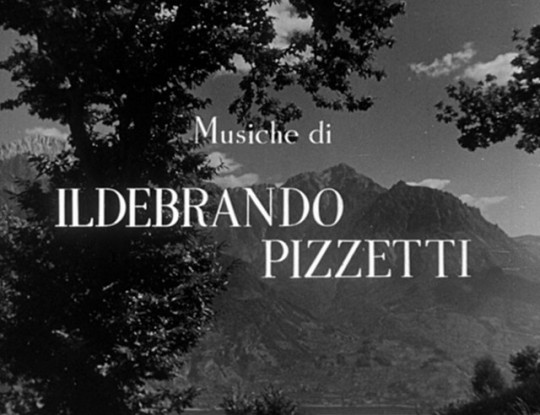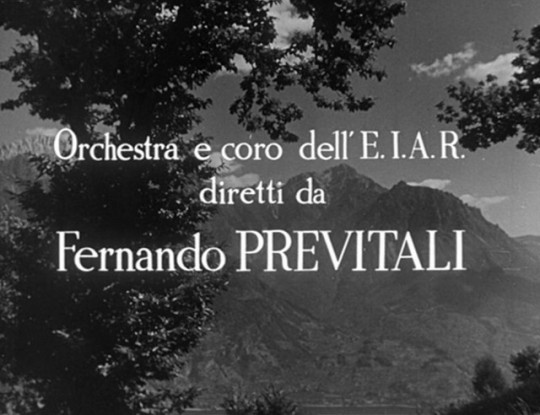#Ildebrando Pizzetti
Text

youtube
4 notes
·
View notes
Video
youtube
Ildebrando Pizzetti - Fedra: Preludio per Fedra ·
Robert-Schumann-Philharmonie · Oleg Caetani
2 notes
·
View notes
Text
Sinfonia del fuoco - I
Ildebrando Pizzetti (1880 - 13 febbraio 1968): Sinfonia del fuoco per baritono, coro e orchestra su testo di Gabriele d’Annunzio, composta per la scena del sacrificio nel film Cabiria (1914) di Giovanni Pastrone. Boris Statsenko, baritono; Städtischer Opernchor Chemnitz, Robert-Schumann-Philharmonie, dir. Oleg Caetani.
Invocazione a Moloch
IL PONTEFICE:
Re delle due zone, t’invoco,
respiro del…

View On WordPress
#Boris Statsenko#Gabriele d&039;Annunzio#Giovanni Pastrone#Ildebrando Pizzetti#Oleg Caetani#Robert-Schumann-Philharmonie#Städtischer Opernchor Chemnitz
0 notes
Text


Due immagini di Andreina Pagnani nel ruolo di Sant'Uliva, dramma quattrocentesco musicato da Ildebrando Pizzetti su libretto di Corrado D'Errico, messo in scena da Jacques Coupeau nel Chiostro di Santa Croce, durante il primo Maggio Musicale Fiorentino nel 1933
2 notes
·
View notes
Text
EDIPO RE
Foto: M.° Andrey Boreyko © Angelica Concari
La tragedia, il mito, un archetipo per la psicanalisi:
Edipo rivive nelle musiche di Stravinskij e di Pizzetti
Giovedì 4 maggio 2023 ore 20.30
Venerdì 5 maggio 2023 ore 20
Domenica 7 maggio 2023 ore 16
Ildebrando Pizzetti
Tre Preludi Sinfonici per l’Edipo Re di Sofocle
Igor Stravinskij
Oedipus Rex (Edipo Re)
Tuomas Katajala Œdipus
Petra Lang…
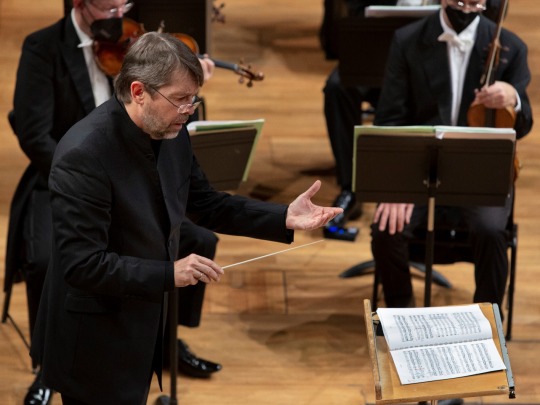
View On WordPress
0 notes
Text
Mario Castelnuovo-Tedesco (1895-1968) was an Italian composer, known mainly for his compositions for guitar and film music.
Was born in Florence and began studying composition at the Florence Conservatory at an early age. He later moved to Milan to continue his studies with the famous composer Ildebrando Pizzetti. In 1939, due to his Jewish ancestry, he had to flee Italy and immigrate to the United States, where he settled in Hollywood and began composing film scores.
Throughout his career, wrote a wide variety of music, including chamber music, opera, ballet, and concertos, but he is best known for his works for guitar. Among his compositions for guitar are two concertos for guitar and orchestra, numerous works for solo guitar, as well as chamber music including guitar.
In the world of cinema, composed music for more than 200 films, including Walt Disney's "Cinderella" and Orson Welles' "The Merchant of Venice." He was also a professor of composition at the Los Angeles Conservatory and had a significant influence on the Los Angeles music scene during his time there.
Mario Castelnuovo-Tedesco's "Capriccio Diabolico" performed by Doris Ćosić on a 2020 Eric Sahlin
source: 10:17min - https://www.youtube.com/watch?v=wPc-1sayNuY
#edisonmariotti
bit.ly/43c0xDX
.br
Mario Castelnuovo-Tedesco (1895-1968) foi um compositor italiano, conhecido principalmente por suas composições para violão e música para cinema.
Nasceu em Florença e começou cedo a estudar composição no Conservatório de Florença. Mais tarde mudou-se para Milão para continuar seus estudos com o famoso compositor Ildebrando Pizzetti. Em 1939, devido à sua ascendência judaica, teve que fugir da Itália e imigrar para os Estados Unidos, onde se estabeleceu em Hollywood e começou a compor trilhas sonoras para filmes.
Ao longo de sua carreira, escreveu uma grande variedade de música, incluindo música de câmara, ópera, balé e concertos, mas é mais conhecido por seus trabalhos para violão. Entre suas composições para violão estão dois concertos para violão e orquestra, numerosas obras para violão solo, bem como música de câmara, incluindo violão.
No mundo do cinema, compôs músicas para mais de 200 filmes, incluindo "Cinderela" de Walt Disney e "O Mercador de Veneza" de Orson Welles. Ele também foi professor de composição no Conservatório de Los Angeles e teve uma influência significativa na cena musical de Los Angeles durante seu tempo lá.
"Capriccio Diabolico" de Mario Castelnuovo-Tedesco interpretada por Doris Ćosić em um Eric Sahlin 2020

0 notes
Audio
Ildebrando Pizzetti, Tre canti greci per voce e pianoforte: No. 3, Canzone per ballo
Adriana Martino, Soprano
Benedetto Ghiglia, Soprano
1960
5 notes
·
View notes
Text
venti settembre

Mario Schifano, Fiori maschili e fiori femminili
La Errante
È la voce dell’Errante,
l‘ho sentita che esclamava.
m’hai svezzato troppo in fretta
ora allattami di nuovo.
Passa e batte a ogni finestra,
ma non sa che batte invano?
Passa assieme con il vento
la sua voce a mezzanotte,
ma sarebbe più felice
con la notte e con il vento
dove non ci sono porte
dove non ci sono finestre.
View On WordPress
#Aldo Natoli#Arnold de Vos#Billy Bang#Carolus Cergoly#Charles Williams#Daria Galateria#Franco Ferrucci#Ghitta Carell#Hanns Cibulka#Ildebrando Pizzetti#Javier Marías#Jelly Roll Morton#Joseph O&039;Connor#Leo Strauss#Mario Schifano#Nadia Cavalera#Red Mitchell#Rubén Gallego#Steve Coleman#Stevie Smith#Upton Sinclair
0 notes
Text
Vox Satanae - Episode #379
Vox Satanae – Episode #379
Vox Satanae – Episode 379 – 184 Minutes – Week of 12 February 2018
This week we hear works by George Frideric Händel, Johann Christoph Friedrich Bach, Mauro Giuliani, Bedřich Smetana, Ildebrando Pizzetti, and Jennifer Higdon with performances by The Balthasar-Neumann Chorus and Ensemble, Thomas Hengelbrock, Harry van der Kamp, Das Kleine Konzert, Hermann Max, Pepe Romero, The Academy of St.…
View On WordPress
#Bedřich Smetana#George Frideric Händel#Ildebrando Pizzetti#Jennifer Higdon#Johann Christoph Friedrich Bach#Mauro Giuliani
1 note
·
View note
Text
September 20: On This Day in Music
September 20: On This Day in Music
• 1880 ~ Ildebrando Pizzetti, Italian composer and educator
1885 ~ “Jelly Roll” Morton, American jazz pianist and composer
Read quotes by and about Morton
More information about Morton
• 1911 ~ Frank DeVol, Bandleader, songwriter
• 1924 ~ Gogi Grant (Audrey Brown), Singer, dubbed vocals for Ann Blythe in The Helen Morgan Story
• 1927 ~ Johnny Dankworth, Alto sax, bandleader, composer
• 1945 ~…

View On WordPress
1 note
·
View note
Photo
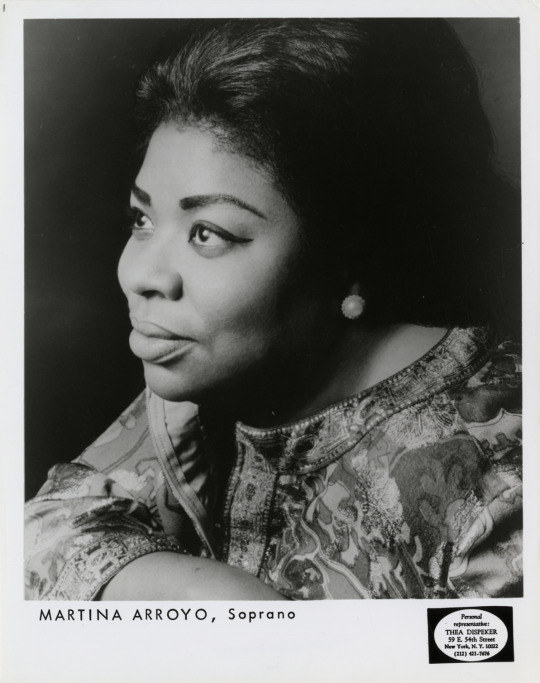


Martina Arrroyo (b. 2/2/1936) is a distinguished soprano who is a pioneer in the American opera community as an African-American woman of Puerto Rican descent. Born and raised in Harlem, Arroyo attended Hunter College High School and received a BA in Romance Languages from Hunter College in 1956. As an undergraduate student, she participated in an opera workshop for fun, but was told that she had great potential. Arroyo decided to begin operatic training while simultaneously pursuing jobs as a teacher of English and Italian at Bronx high schools, as well as a social worker at Manhattan's East End Welfare Center.
Only a couple of years after college graduation, Arroyo was busy studying for a master's degree in comparative literature at NYU, as well as taking classes at the Kathryn Long School for singing, English diction, drama, German and fencing. She got the call, however, to make her first major onstage appearance in a concert performance of Ildebrando Pizzetti's Murder in the Cathedral at Carnegie Hall in 1958. Following that, in February 1959 Arroyo took on the title role in Gluck's Iphigénie en Tauride, accompanied by the Little Orchestra Society at Town Hall. On March 14 that year, she made her Metropolitan Opera debut as the Celestial Voice in Verdi's Don Carlo. This era marked the beginning of the Met opening its doors to African-American women singers, including Marian Anderson, Mattiwilda Dobbs, Leontyne Price, Grace Bumbry, Reri Grist and Shirley Verrett.
Martina Arroyo sang under contract at the Met from 1965 to 1978, and her presence has graced the stages at La Scala, Covent Garden, the Vienna State Opera, the Teatro Colón, the Lyric Opera of Chicago and many other esteemed venues. Although Arroyo retired from performance in 1991, she has spent the last three decades teaching at UCLA, Louisiana State University, University of Delaware, Indiana University, Wilberforce University and the International Sommerakademie-Mozarteum in Salzburg. She created the Martina Arroyo Foundation to support the careers of up-and-coming opera singers, and two of her accolades include an Opera Honors Award from the National Endowment for the Arts (2010) and a Kennedy Center Honor (2013).
Celebrate Martina Arroyo with these transcendent moments in opera:
"Qui Radamès verrà!... O patria mia" (Verdi's Aida) for a Metropolitan Opera audition broadcast on the radio (1958)
"Summertime," "My Man's Gone Now," "I Loves You Porgy" and "Oh Lawd, I'm on My Way" (Gershwin's Porgy and Bess) - part 1 and part 2 - performed alongside baritone Ingvar Wixell and tenor Sven-Erik Vikström; accompanied by the Swedish Radio Symphony Orchestra, Swedish Radio Choir and Boys Choir with conductor Sixten Ehrling for Swedish National Television (c. mid-1960s)
"Libera me" (Verdi's Requiem) - part 1 and part 2 - accompanied by the London Symphony Orchestra with conductor Leonard Bernstein (1970)
"Un bel dì vedremo" (Puccini's Madama Butterfly), live at the Met (1970)
"Teco io sto" (Verdi's Un ballo in maschera), duet with tenor Luciano Pavarotti live at the Met (1971)
Receiving the Kennedy Center Honor (2013)
#happy birthday#martina arroyo#opera#operatic soprano#operatic sopranos#women in opera#women in music#opera history#african american history#african american women in history#african american women in opera#african american women in music#puerto rican history#puerto rican women in history#puerto rican women in opera#puerto rican women in music#new yorkers#new york#new york city#nyc#photography#music#representation in opera#representation in music#representation in media#hunter college#hunter college high school#metropolitan opera#trailblazers#women in history
6 notes
·
View notes
Text
youtube
Ildebrando Pizzetti (1880-1968) - Violinkonzert a-moll (1944)
1. Molto mosso ed appassionato 2. Aria. Adagio 3. Andante largo
Pina Carmirelli, violin
Orchestra Sinfonica di Roma della RAI / Ferruccio Scaglia
1 note
·
View note
Quote
Uno era un poeta. Nato di là dall’acqua, aveva scelto per le sue poesie il dialetto parmigiano. Tra tutte le poesie che aveva composto, la sua preferita era l’Inno a Parma, musicato da Ildebrando Pizzetti. Si ostinava a fare poesia in dialetto: come uno che riesce a fare musica spostando dei ferri vecchi. Una musica che “in-t-al sangov la se straia / E ’t la sent cme na man sota la maia”
(ti si sparge nel sangue / E la senti come una mano sotto la maglia).
Paolo Nori - repertorio dei matti della città di Parma.
8 notes
·
View notes
Text
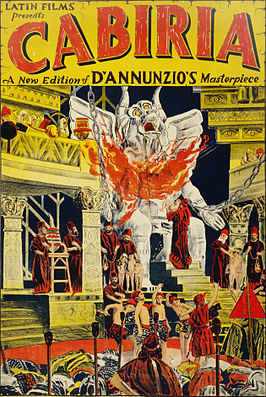
(Partendo da un suo soggetto che narrava le vicende di una fanciulla durante la seconda guerra punica, Giovanni Pastrone ricavò delle "scene" intervallate da didascalie "letterarie" per le quali volle al suo fianco come sceneggiatore Gabriele d'Annunzio, che accettò l'incarico per ripianare parte dei propri debiti, ma anche perché era l'unico letterato all'epoca a potersi "buttare" nel cinema, dato che si destreggiava tra poesie, romanzi, articoli di giornale e teatro ed era conosciuto da un vasto pubblico. Proprio per questo, fece diventare il lungometraggio famoso in e fuori Italia.
Fu proprio d'Annunzio a ideare il nome "Cabiria", "nata dal fuoco", e a volerlo come titolo della pellicola, in quanto nome della protagonista che il dio Moloch vuole sacrificare. Sebbene però l'intera sceneggiatura sia stata attribuita a d'Annunzio, in realtà il poeta si limitò ad inventare i nomi dei personaggi ed a comporre le auliche didascalie.
Il film, che presentava elementi dannunziani come la presenza del fuoco, era accompagnato dall'orchestra, e famosa è la Sinfonia del fuoco, del maestro Ildebrando Pizzetti, grande amico del poeta.)
(Info prese da Wikipedia, con delle aggiunte prese a lezione)
6 notes
·
View notes
Text
ONTEM ALUMBRAMENTO COM O REQUIEM DE VERDI NA GULBENKIAN : ontem no Grande Auditório da Fundação Calouste Gulbenkian a temporada de música 21/22 encerrou em beleza com o Requiem de Verdi , (Messa da Requiem ou Requiem for Manzoni ) com o carismático Lorenzo Viotti conduzindo as forças da Gulbenkian e um elenco de solistas de gabarito .A única obra-prima do grande compositor italiano não destinada aos palcos foi descrita por Hans von Bülow como "a última ópera de Verdi, em roupas de igreja". Os seus momentos elegíacos e espirituais (o 'Ingemisco' do tenor, por exemplo, às vezes cantado como peça de concerto) possuem uma intensidade sentida e uma teatralidade comovente, num plano diferente da atmosfera litúrgica das missas de Bach ou Mozart. O compositor Ildebrando Pizzetti falou do início do Réquiem “como o murmúrio de uma multidão invisível”. É apenas com a chegada do grito do tenor de 'Kyrie' que a grande jornada musical realmente começa. Foi maravilhoso ouvir o Requiem tão memoravelmente revelado como a obra-prima dramática e meditativa que claramente é. Viotti em ascensão .( não vou aqui tecer comparações “velho do Restelo “ com as gravações históricas dos meus arquivos …) O Coro muito bem tal como a orquestra e um elenco de solistas surpreendente . Bela prestação de Marina Viotti ademais com uma sofisticada presença em palco . Esplêndida a guatemalteca Adriana González na devastadora Libera me . Belo timbre do americano Guerrero e óptimo prestação do baixo Mika Kares (que aliás já cantara o Requiem com Fabio Luisi e a Sinfónica Nacional Dinamarquesa em Copenhaga . Saímos deslumbrados e felizes . Não perderemos a transmissão em directo que a todos recomendamos .
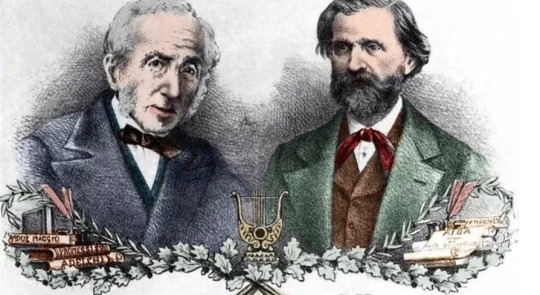

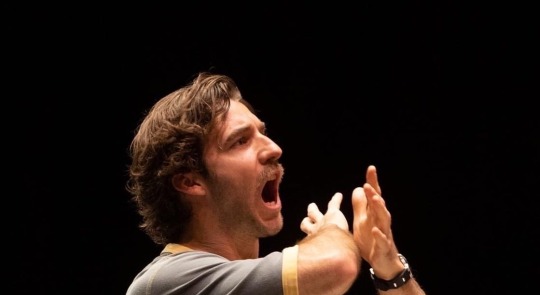


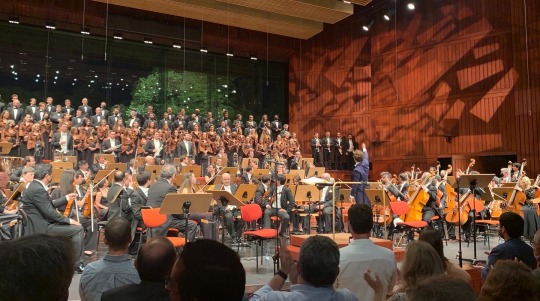
0 notes
